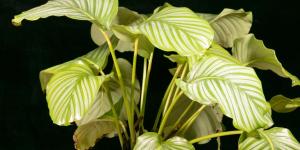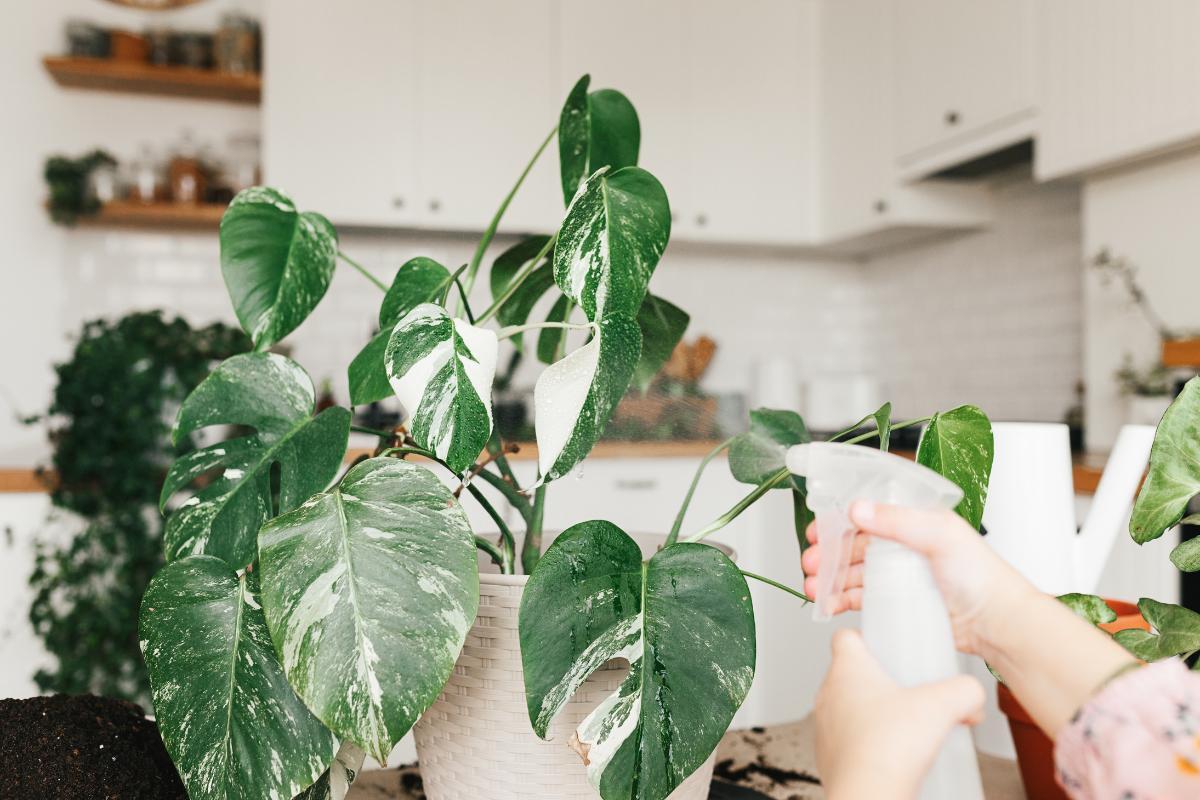Why Are My Monstera Leaves Turning Yellow?


Monsteras, with their stunning fenestrated (holey) leaves, have become a must-have for modern plant lovers. Whether you favor the sprawling M. deliciosa or the charming M. adansonii, these beauties are generally easy to care for. However, even the most low-maintenance plant can throw you a curveball. Noticed some unwelcome yellowing on your Monstera leaves? Don't panic! While occasional yellowing is a natural part of a plant's life cycle, extensive or persistent yellowing indicates your Monstera might be stressed.
In this article, we'll delve into the top reasons why your Monstera might have yellow leaves, as well as how to fix it.
Excess of water
Monsteras are humidity lovers, but that doesn't mean they're thirsty plants. A common culprit behind yellow leaves is overwatering. While they appreciate a humid environment, their watering needs are moderate, typically once a week. Remember, frequent watering for humidity can be detrimental.
If your Monstera has yellow leaves, assess your watering routine, you might need to adjust it to a less frequent schedule.

Lack of environmental humidity
Monsteras, accustomed to the high humidity of their jungly homes, can suffer dehydration if placed in dry rooms, near heat sources, or under direct sunlight.
To combat dryness, consider placing a pebble tray filled with water beneath the plant to increase ambient humidity. Regularly misting the leaves (twice a week) or relocating the Monstera to a bathroom or shower room (with lower light and higher humidity) are other effective solutions.

Too much light
Monsteras, adapted to life under the dappled light of jungle canopies, can suffer leaf burn from excessive light exposure. This stress manifests as yellowing leaves that eventually turn brown.
The unique splits in their leaves (fenestrations) help distribute light evenly, preventing shading by upper leaves. Interestingly, this adaptation makes them unsuitable for full sun exposure, which is common in indoor settings.
If your Monstera receives more than 6 hours of direct sunlight daily, or is situated outdoors, relocate it to a shadier spot. This adjustment will allow your plant to recover and prevent further leaf damage. Remember, excessive light can also lead to dehydration, so increasing environmental humidity and adjusting watering practices are crucial until your Monstera regains vigor.
Too hot
As mentioned earlier, Monsteras hail from the dappled shade of tropical jungles. While they enjoy warmth, excessive light exposure can create a double whammy. Direct sunlight can not only scorch leaves, but also generate heat that stresses the plant. This thermal stress manifests as yellowing leaves.
To prevent this, relocate your Monstera to a shadier location. Remember, even though they're native to warm climates, the indirect sunlight they receive under the jungle canopy keeps them from experiencing intense heat. Increased temperatures also worsen dehydration, so alongside relocating the plant, you might need to adjust your watering routine to provide more moisture until your Monstera recovers.

Iron deficiency
Iron is a crucial element for Monsteras, as it helps them produce chlorophyll, the pigment responsible for their green color. When iron is lacking, a condition called iron chlorosis occurs, causing the leaves to turn yellow. The telltale signs are yellowing that starts at the leaf tips or along the veins.
To address iron deficiency, you can add iron back into the soil. There are two main options: iron sulfate, which is a cost-effective choice, and iron chelates. Cheltes are special compounds that make the iron easier for the plant to absorb.
Substrate with acidic pH
Monsteras prefer a slightly acidic soil, but excessively acidic conditions can hinder their ability to absorb iron. This, in turn, leads to iron chlorosis, causing yellowing leaves.
To solve this, purchase pH testing strips. Follow the instructions to get a reading. Ideally, you want the pH to be between 6 and 7 for Monsteras.
If the reading falls below 6, you can carefully raise the pH by adding a small amount (around a teaspoon) of lime to the soil. Be sure to mix it in thoroughly and monitor the pH again after a few weeks.
It's always best to err on the side of caution when altering soil pH. Too much lime can be detrimental, so start with a small amount and gradually adjust if needed.
Inadequate substrate drainage
Inadequate substrate drainage can lead to yellow leaves as water stagnation causes root rot, as previously mentioned. Excessive moisture is detrimental to plant health. To address this issue, assess the substrate's drainage; if water stagnates, it's poorly prepared.
Replace the substrate with a mixture of equal parts perlite, peat, and worm castings to enhance drainage. Ensure the container has drainage holes to facilitate water escape. If your current pot lacks drainage, consider obtaining one with proper drainage holes.
Dive deeper into the world of Monsteras! Explore the different varieties in this other article.
If you want to read similar articles to Why Are My Monstera Leaves Turning Yellow?, we recommend you visit our Plant care and cultivation category.
- Korniichuk, S. (2020). Monstera: How to Grow and Care. (np): Amazon Digital Services LLC - KDP Print US.








